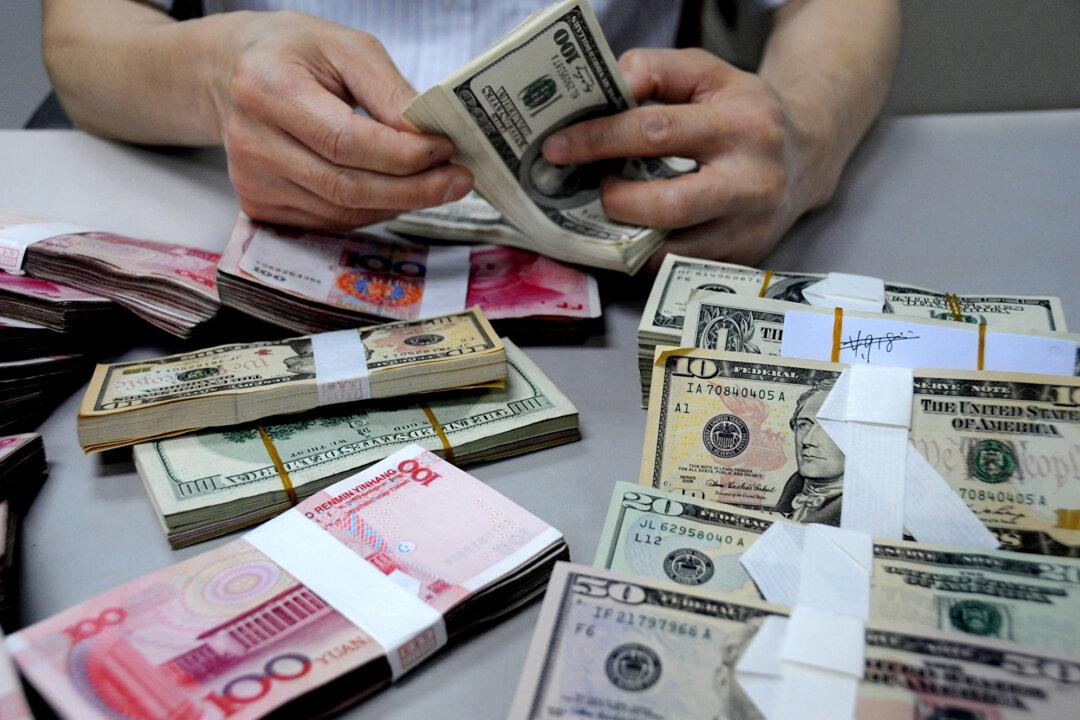In recent years, the Chinese car market has witnessed intense competition. In less than three months of 2023, the competition has intensified further, with several joint-venture brands joining a price reduction war.
In early March, Chinese car maker Dongfeng Group, with the support of Hubei provincial authority’s subsidies, cut prices of several types of vehicles, including two Citroen C6 models, by up to 90,000 yuan ($13,000), setting off a price-cutting spree for fuel cars across China.






